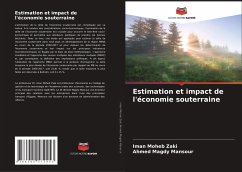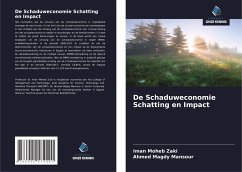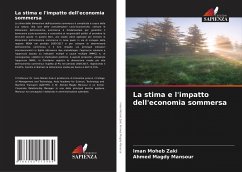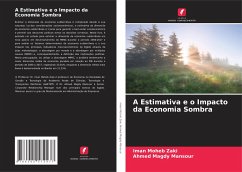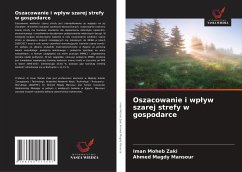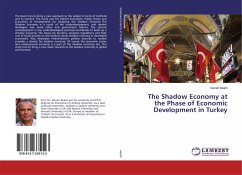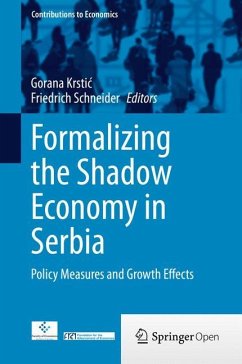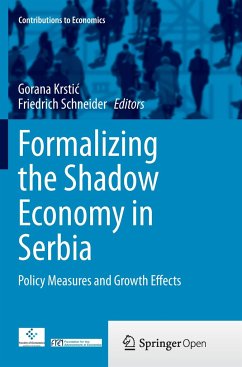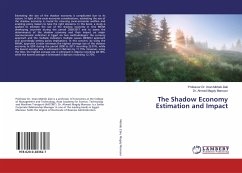
The Shadow Economy Estimation and Impact
Versandkostenfrei!
Versandfertig in 6-10 Tagen
31,99 €
inkl. MwSt.

PAYBACK Punkte
16 °P sammeln!
Estimating the size of the shadow economy is complicated due to its nature. In light of the socio-economic considerations, estimating the size of the shadow economy is crucial for ensuring socio-economic welfare and enabling policy makers to take the right decisions. In this book, a study is applied to estimate the size of the shadow economy in nine MENA developing countries during the period 2000-2017 and to assess the determinants of the shadow economy and their impact on major macroeconomic indicators in Egypt via two methodologies: the currency approach and the multiple indicators multiple...
Estimating the size of the shadow economy is complicated due to its nature. In light of the socio-economic considerations, estimating the size of the shadow economy is crucial for ensuring socio-economic welfare and enabling policy makers to take the right decisions. In this book, a study is applied to estimate the size of the shadow economy in nine MENA developing countries during the period 2000-2017 and to assess the determinants of the shadow economy and their impact on major macroeconomic indicators in Egypt via two methodologies: the currency approach and the multiple indicators multiple causes (MIMIC) approach and accordingly setting policy implications. In this concern, by using the MIMIC approach Jordan witnesses the highest average size of the shadow economy to GDP during the period 2000 to 2017 recording 23.81%, while the lowest average size is witnessed in Bahrain by 11.15%. However, using the CDA, the highest average size is witnessed in Algeria recording 28.18%, while the lowest average is witnessed in Bahrain recording 12.75%.



